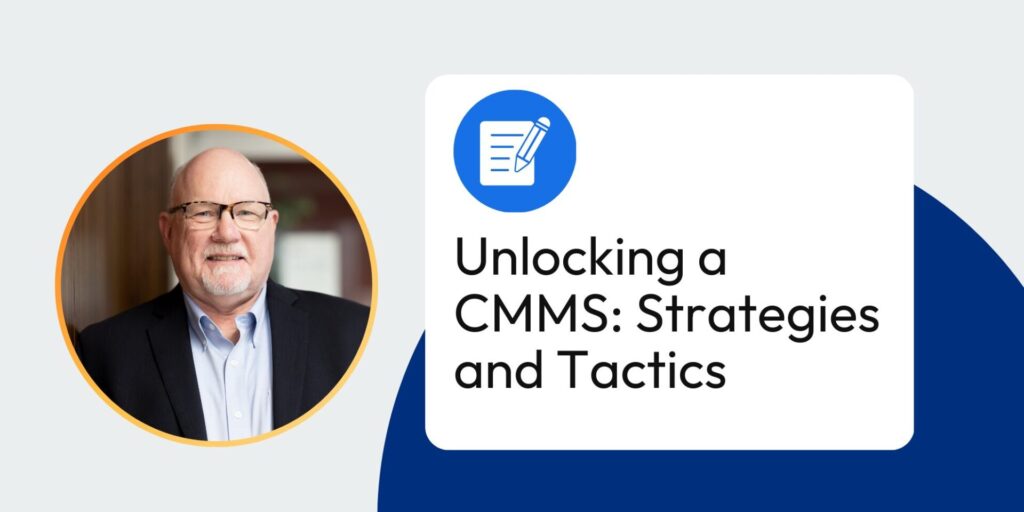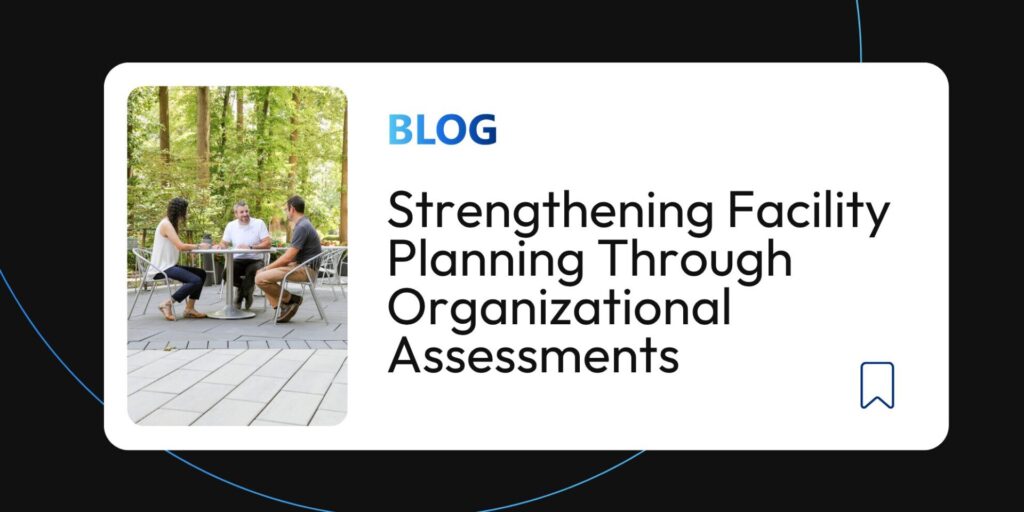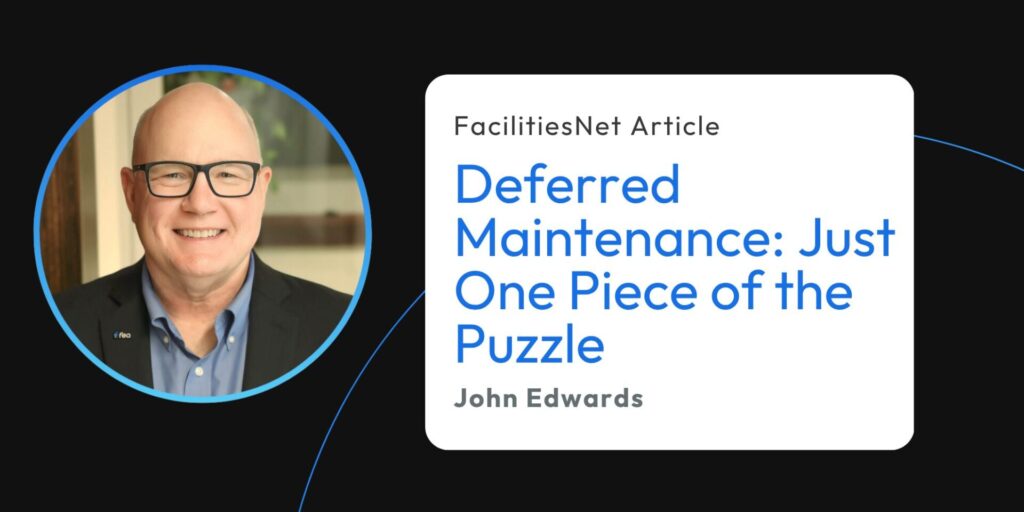FEA CEO John Edwards is prominently featured in this article for Facility Maintenance Decisions on Unlocking a CMMS: Strategies and Tactics . John shares CMMS implementation strategies to boost productivity and efficiency.
“If you have the CMMS properly configured and loaded, you could have your preventive maintenance work in the system and have that coming out on a proper schedule so you can incorporate that into work planning, as well as taking customer requests or corrective work and being able to triage those by priority,” said FEA CEO John Edwards.
Implementing a computerized maintenance management system (CMMS) can significantly enhance the productivity and efficiency of maintenance and engineering departments. These systems enable managers to capture critical data related to technician activities, equipment conditions, and maintenance costs, thereby improving decision-making and facility maintenance. However, not all facilities have successfully leveraged these benefits, often due to either an absence of CMMS or underutilization of existing systems. Facility managers in such situations have numerous opportunities to harness the full potential of CMMS technology.
Alternative methods, such as spreadsheets or paper systems, are still used by some maintenance departments, often due to misconceptions about scalability or concerns over costs. Smaller facilities might hesitate to invest in a CMMS, fearing it may not be justified by their limited needs. Cost is a significant barrier, as maintenance departments are often seen as cost centers rather than revenue generators. However, the long-term savings, reduced disruptions, and enhanced planning capabilities provided by a CMMS can offset the initial investment and provide substantial benefits.
Making a compelling case for CMMS involves demonstrating its financial advantages to the C-suite. Successful implementations highlight cost avoidances and savings from planned maintenance, which prevent operational disruptions and costly repairs. A CMMS also aids in budgeting by tracking equipment life expectancy and forecasting future costs, making it easier to manage long-term financial planning. Beyond financial benefits, CMMS improves work planning, boosting technician productivity and efficiency by transitioning from reactive to proactive maintenance strategies.
Overcoming challenges in CMMS implementation often requires addressing personnel issues and resistance to change. Ensuring proper training and support from the CMMS vendor is crucial for staff buy-in and successful utilization. Managers need to thoroughly plan and specify their CMMS needs before purchase to avoid issues with data accuracy and system performance. Seeking external expertise and focusing on effective change management can also help maximize the benefits of a CMMS, aligning the system with the organization’s specific goals and resources for optimal results.




